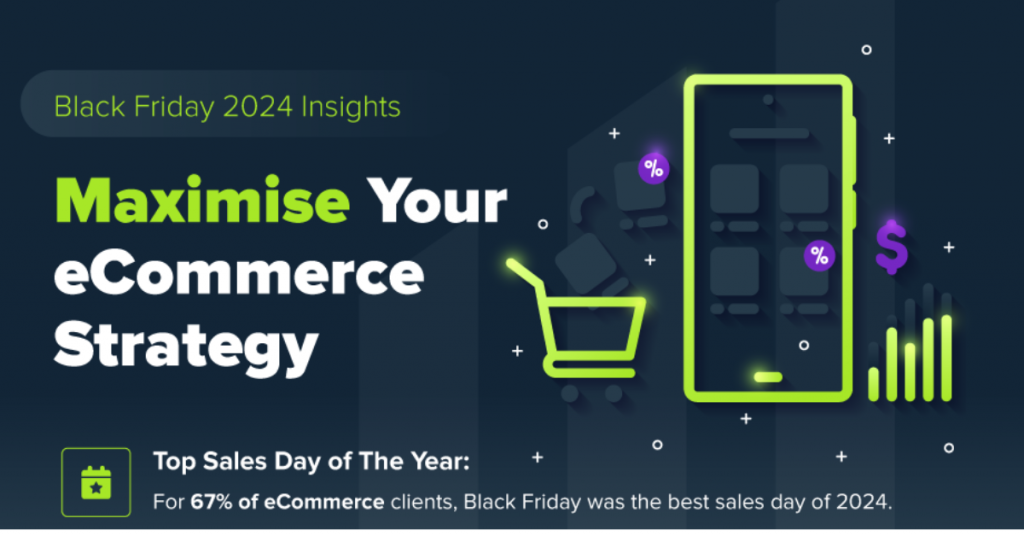 Companies hate him! Self-employed man finds a way to earn $500.000 USD monthly while working only 3 hours per week using one simple life hack…
Companies hate him! Self-employed man finds a way to earn $500.000 USD monthly while working only 3 hours per week using one simple life hack…
How many times have you seen these obviously scammy commercials? And even though you are perfectly aware how unrealistic they are, There’s one tiny, itsy-bitsy itch at the back of your head that makes you wonder: what if?
The pursuit of efficiency is common for all marketers, salespeople, and entrepreneurs combined. Each of us wants to achieve more and, of course, wishes to do it faster and more efficiently. Various roads lead to this triumph: some might say it’s all about outsourcing, others will indicate process optimization as the most important improvement, and the rest will aim at, let’s say, automation of the vast majority of their tasks.
Today’s world challenges marketers on a daily basis. After all, the greatest invention of our time – the internet – is the one responsible for the brand new environment for sales and marketing and thus for the major shift in customers’ behavior. The almighty world wide web with all plugged devices made its way to our everyday lives. We transfer many of our daily activities (social, artistic, professional) to the digital world, and both layers physical and virtual mix and complete each other to the point where you can no longer tell one from the other.
It has been known for a while, that the sales follows customers. The cunning sales experts sniffed at once that the global village offers more than meets the eye: up to the point when the internet became the common good, they had only a small piece of our globe, while today they can effortlessly contact people from all around the world.
On the other hand – while walking the digital-brick-roads we (users, consumers, and Average Joes) leave tons of so-called Digital Footprints. And that’s the basic difference between online and offline sales process – those footprints can be tracked with multiple methods: from cookies to monitoring pixels. Each and every one of them builds the bigger picture called Digital Body Language. And despite their size – the scraps of data can be really tiny, almost like the breadcrumbs left in the woods by Hansel and Gretel – their strength lies in their numbers. The amount is enormous and impossible to process for the ordinary Joe.
However, the common information access is a double-edged sword. Modern consumer can check every piece of information at any time with the smartphone. It is the consumer who is chased by producers, not the other way round, so he is the one that can dictate terms. In simple terms – companies can’t afford to waste the precious data by letting it be treated frivolously, especially when mistakes cost real money. Consumers who, despite the appearances, want to exchange their contact data (very precious in the information-based world) for tangible benefits followed by marketing consent. There’s only one catch: if something, and by something I mean your content, will become unbearable and annoying, the consumer can instantly ban given sender in any channel.
So how to translate the data, those digital footprints to the understandable language and change the data stream into company’s success?
If you think of it, the true challenge of all digital marketers is, in fact, identification of consumer’s needs along with multi-channel data integration that will result in marketing message personalization followed by adjusting its pace to the one that is most convenient for every single receiver.
Surprise, surprise! No man can ever coordinate such colossal amount of data and perform so many tasks. That’s the point, where marketers decided that they need some kind of intelligent software that will overtake this responsibility and will be advanced enough to use the data it gathers to react in the real time to the actions of thousands of internet users.
And that is, more or less, how marketing automation platforms work; they:
- track users online actions,
- identify users,
- help to address marketing actions to single users as well as to the groups of them,
- integrate data from different channels and platforms,
- analyze customers behavior (behavioral, transactional and demographic analysis)
- analyze marketing and sales performance (campaign’s success, website traffic, audience reactions, A/B tests, etc.).
That’s for theory. And the real life?

 Follow
Follow
















